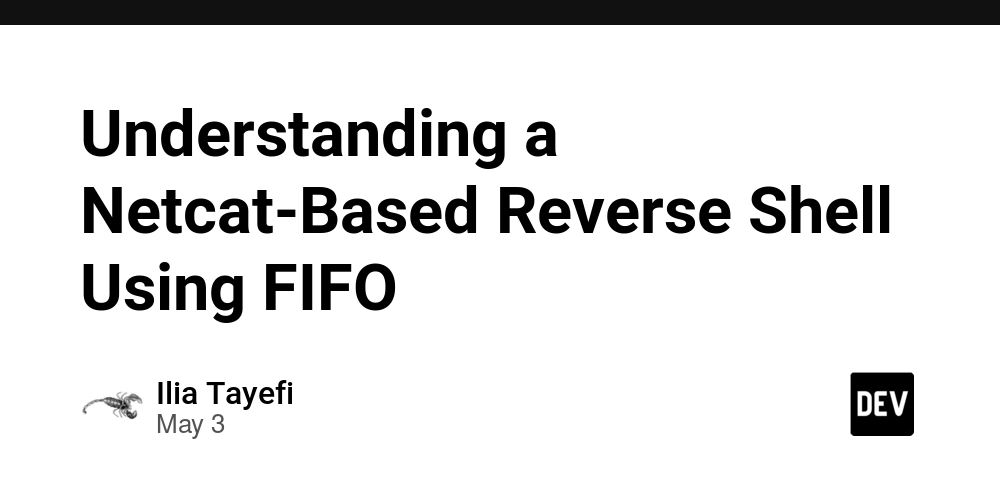Laid-off federal workers are struggling to get rehired
As mass layoffs continue to sweep through the federal workforce, thousands of former employees are looking to state and local governments for their next career move. And while some of these organizations have rolled out the red carpet, many highly-qualified, displaced federal job seekers are struggling to find a suitable replacement role. According to research...

As mass layoffs continue to sweep through the federal workforce, thousands of former employees are looking to state and local governments for their next career move.
And while some of these organizations have rolled out the red carpet, many highly-qualified, displaced federal job seekers are struggling to find a suitable replacement role.
According to research conducted by Oxford Economics, the federal workforce is expected to shrink by 200,000 positions by the end of 2025. While this won’t have a huge impact nationally, those based in or near Washington DC will fear the pinch most acutely.
5 jobs hiring across the U.S.
- Political Action Committee Manager, AVMA, Washington
- Director of State Campaigns, American Promise, Concord
- Policy Manager, Government Affairs, American Cleaning Institute, Washington
- Regulatory Policy Director, Interstate Natural Gas Association of America, Washington
- Federal Government Affairs Manager, BP Energy, US
Couple this with the fact that many state governments are grappling with hiring freezes, budget constraints, and outdated recruitment processes, and you can start to see why the hiring process is taking longer than expected.
Public-sector hiring has always tended to move slower than the pace of the private-sector, thanks to red tape, clearance protocols, and administrative approvals.
Data from 2020 highlights that it typically takes 130 days to fill a local government job and 96 days to fill a stage government job, compared to just 36 days in the private sector.
However, some state and local governments are accelerating efforts to hire displaced federal workers. For example, as of March, New York State had conducted over 100 interviews and hired 28 new employees thanks to its “New York Wants You” ad campaign.
Additionally, over 250 job seekers signed up to attend a career webinar or receive career resources.
In Maryland, the state with the highest concentration of federal workers after Washington DC, Governor Wes Moore announced support resources to help Marylanders who have been impacted by federal layoffs.
These include a public servants resource website, to serve as a central location for information and resources to assist impacted workers and their families.
Additionally, the Maryland Department of Labor resources webpage for federal workers and contractors provides information on unemployment insurance benefits, career guidance, and reemployment support, and has been accessed by more than 50,000 web visitors to date.
To put these figures into context, Maryland has lost 3,500 public sector jobs in March 2025, driven by the loss of 2,700 federal government jobs, and has recently passed a budget cutting $2 billion in spending.
Streamline hiring
The reality is that success stories remain the exception rather than the norm and the overall picture is more complicated.
While budget constraints and fiscal instability are an ongoing concern, overwhelmed HR departments that may be unable to process high volumes of applications in a fast and efficient manner are exacerbating the problem.
One solution lies in embracing technology, particularly AI, to streamline the recruiting process and ensure talent doesn’t slip through the cracks.
One example of how AI is reshaping recruitment is Amply’s conversational tool, Robin, which acts as a talent engagement agent. Built to interpret the subtleties of human communication, Robin engages with job seekers in real time, helping them navigate listings and understand roles more clearly. It reflects a growing shift toward more personalized and responsive digital experiences in the job search process.
Additionally, there’s Dash, an AI-driven application and assessment agent which acts as a data-driven co-pilot to help HR professionals and recruitment specialists find and hire the best talent. Dash saves the hours typically spent on the tedious task of manually sorting applications by automating and intelligently sorting candidates.
Looking to the future
Despite the many challenges former federal workers face, many remain hopeful that government at the state and local level can absorb a significant share of the federal workforce until the future looks more certain.
And whether that hope turns into reality will depend as much on political will and budget flexibility as on the qualifications of the workers themselves.
Until then, laid-off federal employees remain in limbo. Waiting, applying, and hoping.
Looking for a new opportunity? Browse thousands of jobs on The Hill Job Board


















































































